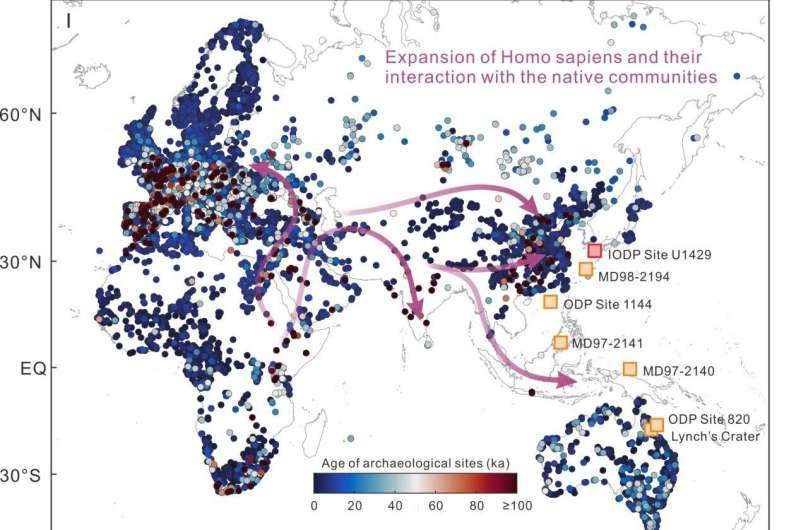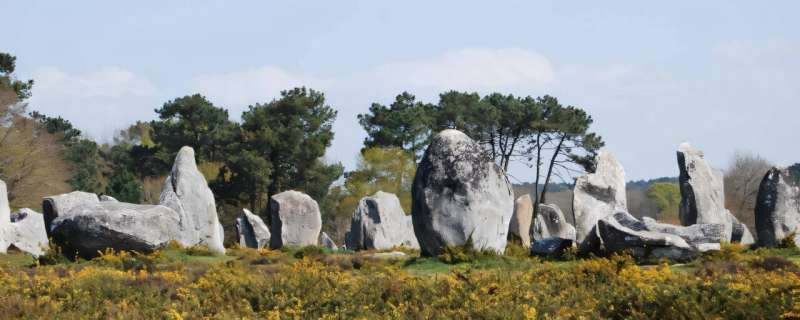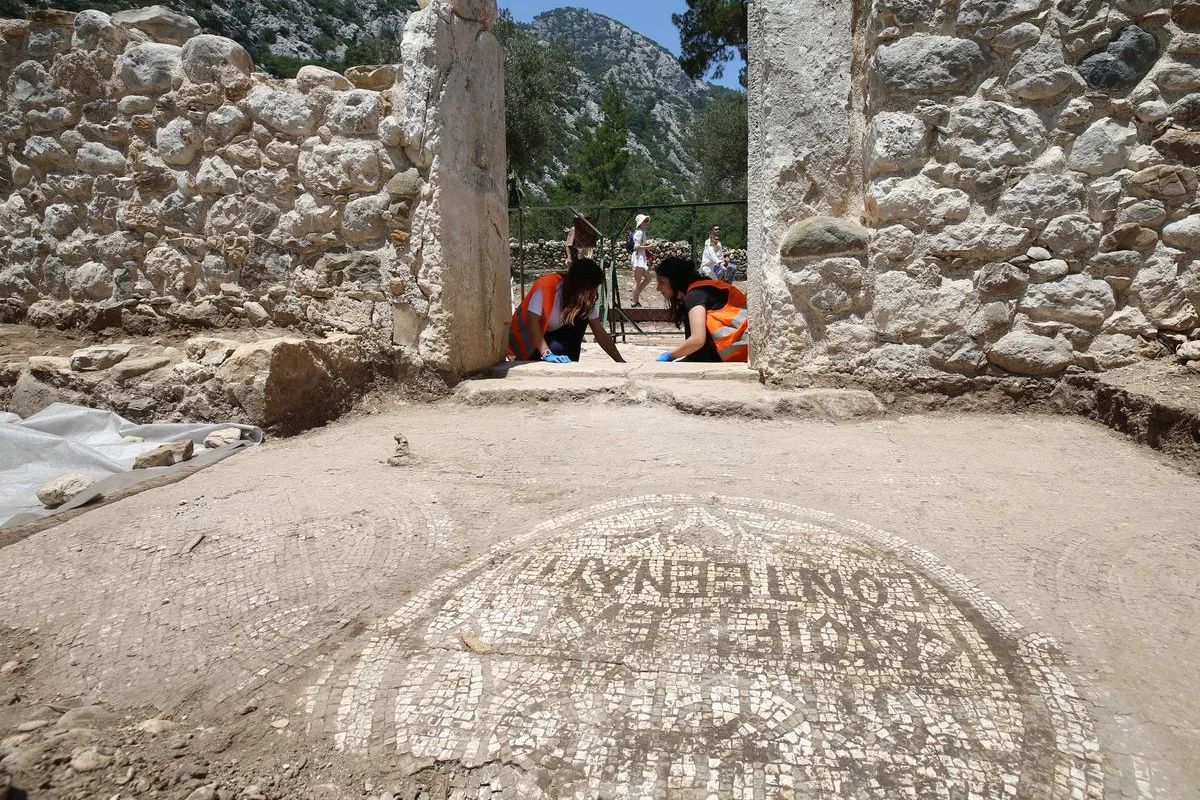In the age of informational overload, many theories and narratives survive not because they are true, but because they are presented persuasively—cloaked in skepticism, half-truths, and pseudo-academic terminology. One such example is the infamous documentary Zeitgeist, which attempts to portray Jesus Christ as a mere imitation of ancient pagan deities such as Horus, Mithras, Dionysus, and Krishna. Although this narrative appeals to some for its anti-establishment stance, historical and theological research clearly demonstrates that these comparisons are superficial, often flawed, and at times outright misleading. This article seeks to dismantle the shallowness of such theories by examining each case separately and demonstrating the uniqueness of Jesus Christ through reliable sources and scholarly literature.
The Case of Horus
The Egyptian god Horus, son of Isis and Osiris, is often cited by proponents of the mimicry theory as a deity who was born of a virgin, walked on water, had twelve disciples, and resurrected after three days. However, none of these claims are supported by authentic Egyptian sources.
Isis conceived Horus after collecting the dismembered body parts of Osiris, her slain husband. This act does not equate to virgin birth. Horus is not recorded to have walked on water, nor did he have twelve disciples. Instead, he is portrayed as a warrior god who avenged his father’s death. There is no account of crucifixion, resurrection, or sacrificial death for the redemption of humanity. His stories are theological and cosmogonical myths devoid of historical framework.
The Case of Mithras
Mithras, originally a Persian deity later venerated in the Roman Empire, is another figure often claimed to prefigure Jesus. Critics argue that Mithras was born of a virgin on December 25, had twelve disciples, resurrected from the dead, and offered salvation. However, historical and comparative religious studies show these claims to be unfounded.
In reality, Mithras is depicted as emerging fully grown from a rock (petrogenesis), not born of a virgin. There is no conclusive evidence of Mithras having twelve disciples. The association with December 25 is anachronistic and arises from later Christian liturgical developments, not from Mithraic worship. Furthermore, there are no surviving Mithraic texts that document a resurrection or salvific function comparable to Christ.
The Case of Dionysus
Dionysus, the Greek god of wine and ecstasy, is also presented as a precursor to Christ due to superficial similarities such as turning water into wine, dying and rising again, and being referred to as a "divine child." However, Dionysian mythology is steeped in initiatory and naturalistic symbolism, lacking any salvific or historical depth.
In some myths, Dionysus does die and return, but the motif reflects the cycles of nature rather than a victory over death or a promise of eternal life. The notion of water-to-wine is metaphorical, not a recorded miracle. No theological system attributes atonement for sin or redemption to Dionysus. There is no primary source referring to him as "Savior of the world" or a divine redeemer.
The Case of Krishna
Krishna, a central figure in Hinduism and considered an avatar of Vishnu, is often said to be similar to Jesus due to his divine birth, miracles, and spiritual teachings. Yet these similarities are more coincidental than substantive.
Krishna’s mother, Devaki, was not a virgin, and his birth took place in a polytheistic theological context entirely alien to Jewish monotheism. His miracles involve military feats and playful acts, rather than healings or spiritual instruction centered on forgiveness and divine love. Moreover, Krishna's narrative is mythic in character, whereas the life of Jesus is embedded in historical claims, eyewitness testimony, and legal-political settings under the Roman Empire.
The Fallacy of Half-Truths and Surface-Level Comparisons
Zeitgeist and similar productions employ a common technique: they extract decontextualized fragments of myths, distort their meanings, and present them as evidence of plagiarism. However, serious historical research requires the use of primary sources, critical comparison of theological narratives, and careful evaluation of cultural frameworks.
This is not academic inquiry; it is syncretistic propaganda driven by the logic of "if it looks similar, it must be the same." If we applied this reasoning consistently, then modern fictional characters like Superman or Gandalf could be accused of copying Jesus because they die and return. But resemblance alone does not imply derivation.
The Uniqueness of Jesus Christ
Unlike the mythological figures discussed above, Jesus is a historical person whose life, teachings, crucifixion, and resurrection are attested by eyewitnesses and recorded in Jewish, Roman, and early Christian sources. His mission was not to mirror seasonal change or initiate followers into secret cults, but to offer salvation through love, forgiveness, and grace.
The incarnation of God in human form, His voluntary death by crucifixion, and His resurrection—not as a seasonal rebirth but as a decisive victory over sin and death—are without parallel in any ancient mythology. Christ did not come to mystify but to redeem. He did not demand sacrifice; He became the sacrifice.
By Wesley Huff
Conclusion
The comparisons between Jesus and ancient deities do not withstand serious scholarly scrutiny. The alleged similarities are illusory, and the differences are profound. Christianity did not emerge from pagan mysticism but from divine intervention in human history.
Rather than recycling ahistorical narratives that thrive on intellectual laziness and internet sensationalism, we must engage the topic with respect for historical complexity and theological integrity. Most importantly, we must recognize the singularity of Jesus Christ, who changed the course of human history—not with myths, but with the truth of the Cross and the empty tomb.
Bibliography and Relevant Sources:
Dr. Edwin Yamauchi – "Christianity and the Mystery Religions: Did the New Testament Borrow from Pagan Thought?" (Published in Bibliotheca Sacra, Vol. 121, 1964)
Dr. Ronald Nash – The Gospel and the Greeks: Did the New Testament Borrow from Pagan Thought?, Zondervan, 1992
Dr. Bart Ehrman – Did Jesus Exist? The Historical Argument for Jesus of Nazareth, HarperOne, 2012
J.P. Holding – "Shattering the Zeitgeist Movie" series on Tektonics.org
Lee Strobel – The Case for the Real Jesus, Zondervan, 2007 (esp. chapter on pagan copycat claims)
Dr. Gary Habermas and Dr. Michael Licona – The Case for the Resurrection of Jesus, Kregel Publications, 2004
Dr. Peter J. Williams – "Can We Trust the Gospels?", Crossway, 2018
Jonathan Morrow – "22 Reasons All Scholars Agree Jesus Is Not a Copy of Pagan Gods" – ReasonsForJesus.com
Greg Koukl (Stand to Reason) – "Jesus, Recycled Redeemer?" – STR.org
GotQuestions.org – "Is Jesus a Myth?" – gotquestions.org/Jesus-myth









